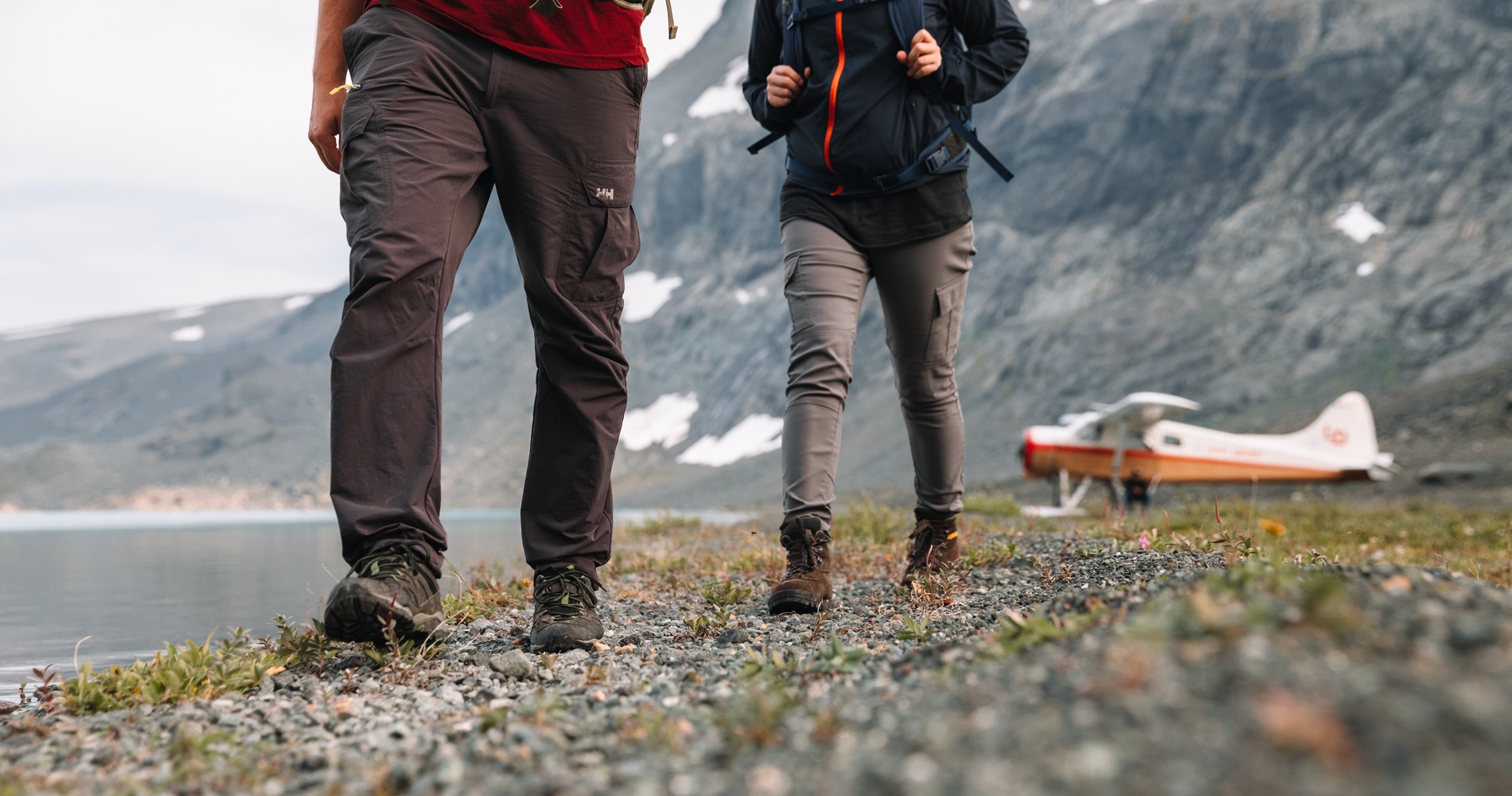1. Reach out to local experts
If you are interested in seeing bears, do so with a licensed bear viewing guide or by inquiring with Parks staff for appropriate viewing areas—they know best. (Large predators require wild spaces and productive habitat to flourish, and many visitors don’t realize that it is illegal to stop to view wildlife in certain sections of some parks.) Viewing platforms, ski lifts, or private tours all offer uniquely different opportunities to see bears in their most natural state.
2. Learn about the animals
Did you know a bear’s diet is about 80% plant-based? While many visitors hope to catch a glimpse of a grizzly pursuing the river during a salmon run, it’s a little known fact that bears spend enormous amounts of time, day and night, feeding on vegetation such as dandelions and berries. Becoming more knowledgeable about the animals you wish to see will enrich your viewing experience and help you respond appropriately when you encounter them.



